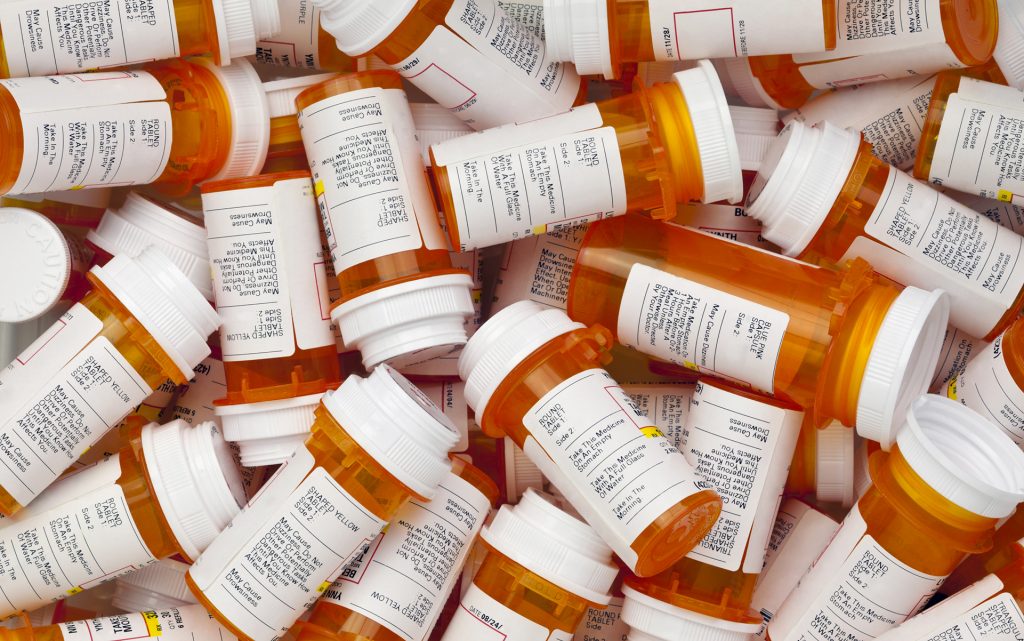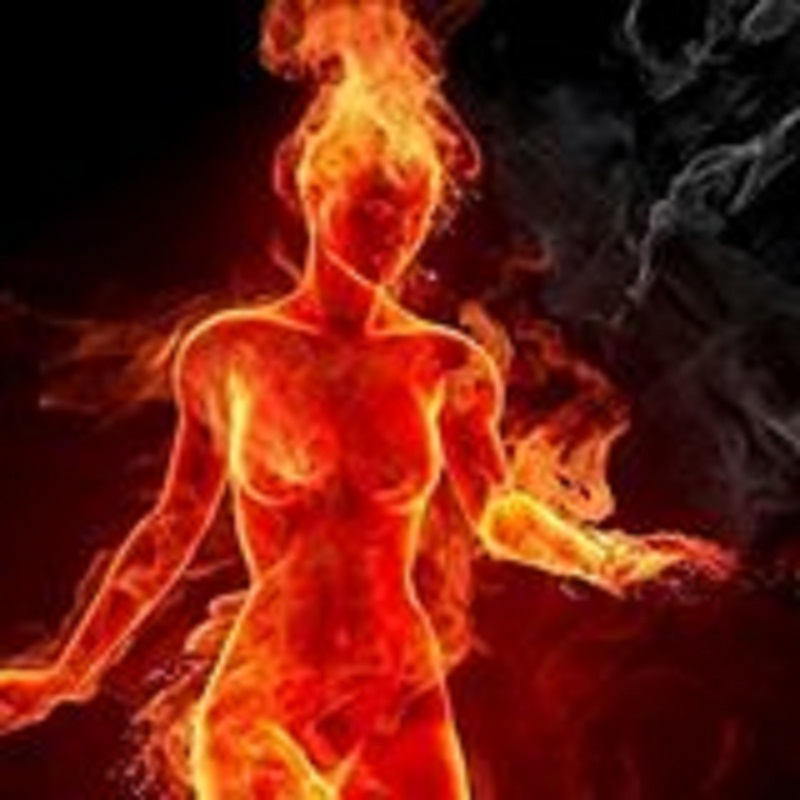Is Allodynia Related To Medication Overuse? 2023
Is Allodynia Related To Medication Overuse Headache?
Allodynia means that touch hurts. The definition of allodynia is "pain due to a stimulus that does not normally provoke pain." An example would be a light feather touch (that should only produce sensation) causing pain. Allodynia is different from hyperalgesia, which is an exaggerated response from a normally painful stimulus, although both can and often do co-exist. Both are types of neuropathic pain.rer
Read my Mini Book on Migraine Here
This is an article by Britt Talley Daniel MD, member of the American Academy of Neurology, the American Headache Society, migraine textbook author, and blogger.
Inflammation surrounding the blood vessels on the brain during a migraine attack is involved. The nerve endings around the blood vessels send signals along the nerves to the central nervous system. This can result in the throbbing head pain of migraine. Acute pain treatment that works stops the signals coming in from the peripheral nerves. When these signals are not stopped the spinal cord and brainstem nerves continue to send their own signals and maintain the pain of migraine. Within as few as one to two hours of activity, they become free of what started them in the first place. They become sensitized or hyperexcitable. This is central sensitization.
Normally touching the side of the head doesn’t hurt, the stimulus is perceived as “touch” only. Pushing a sharp pin into the head or touching the head with a hot hair dryer would activate pain and temperature fibers in the scalp and feel hot. If it got too hot, it would hurt and be painful.
Allodynia is found with stage four of the migraine timing cycle with chronic migraine due to medication overuse headache. It is due to central sensitization because the central nervous system trigeminal nucleus and cutaneous scalp fibers are inflamed.
After a sunburn touch of the involved skin area hurts. The touch fibers in the skin of the back and shoulders are inflamed by the burning of the sun. Wearing a shirt or a jacket over a sunburned shoulder or arm would be perceived as painful, not as just touch. Touch of one side of the head during a migraine may also hurt, as the pain sensory fibers are activated. Activities that may cause pain with allodynia are combing or brushing the hair, wearing a hat, earrings, a necklace, glasses, or lying in bed on the involved side of the head. All of these “touch” activities may hurt in a person who has allodynia related to medication overuse headache.
It hurts to just brush my hair!
It is thought that Allodynia relates to Migraine and medication overuse headache and may occur in 3-4 % of patients with migraine.
In the first edition of the International Classification of Headache Disorders I, (ICHD 1), published in 1980 this overtreatment syndrome was called “rebound headache.”
This was because the usual clinical situation with a headache patient would be that a patient with migraine would complain of a severe, usually early morning headache.
They would take their painkiller—butalbital or hydrocodone—and the headache would go away, only to return hours later, worse than before. The headache “rebounded” much like a rebound in basketball.
Frequency of migraine could be referred to as episodic or chronic. According to ICHD 3, published in 2018, episodic migraine is 14 or less migraine headaches a month, while chronic migraine is defined as 15 or more headaches per month, eight of which have migraine features. The term migraine features here means severe one sided, throbbing, disabling, headache with nausea, vomiting, and sensitivity to light and sound.
Chronic migraine is 3-4% of all headaches and 80-90% of patients with chronic migraine have medication overuse headache. Therefore, chronic migraine and medication overuse headache are commonly associated together.
Related questions.
1. What is the migraine timing cycle? There are 4 steps in the migraine process which I like to call the migraine timing cycle.
1st first step is trigeminal inflammation by the brainstem.
2nd step at 20-40 minutes the ganglion of the nerve and artery in the brain start to release the inflammatory neuropeptides: Neurokinin A, Substance P, and CGRP.
3rd step occurs at about 2 hours as the release of the chemicals causes meningeal artery vasodilatation.
4th step at 3-4 hours the neurochemicals cause inflammation of the thalamus. The thalamus is a deep nucleus in the center of the brain which is called the “pain center” of the brain. The 4th step is also called “Central Sensitization” because steps 1,2, and 3 occur in the skull but are outside the brain (trigeminal nerve, nerve and arterial ganglions, cerebral arteries.) Step 4 involving the central nervous system inflames the thalamus, a deep nucleus inside the brain.
Stage 4 of the migraine cycle is when allodynia occurs.
The Migraine Timing Cycle
2. Why is migraine defined as lasting 4-72 hours? Migraine is defined by the International Classification of Headache as lasting 4-72 hours and this is done not for some trivial, abstract, academic reason using 3 days or 72 hours as the time a migraine may last, but rather because that’s how long these inflammatory neuropeptides stay in the body.
Research studies have been performed wherein a doctor would start a migraine in a research subject by injecting the vasodilator nitrate. In an hour an increase in the inflammatory neurochemicals was found by collecting blood from the jugular vein as it drains down from the brain to the liver and are then discharged in the toilet after 3 days. These inflammatory chemicals could be found for 3 days.
3. What causes the development of medication overuse headache? If one treats migraine with over-the-counter drugs like Advil or Tylenol, they don’t stop the release of the neuropeptides and the inflammation, yet triptans will block the release of the inflammatory neuropeptides and that’s why they are such important and effective drugs for treating migraine. But to effective triptans have to be used at the start of the headache cycle or within 20-40 minutes of the start of the migraine.
4. Are there NO NO drugs for treating migraine? Triptans are contraindicated for patients with coronary disease or uncontrolled hypertension and cannot be used in these patients. So, some of these patients may respond to butalbital or an opioid narcotic like tramadol or hydrocodone, but these class 4 narcotic drugs must be controlled by the doctor and used very rarely. They are the NO, NO drugs.
Hydrocodone
Also, 80% of patients respond to triptans, but 20% do not and they may need butalbital or opioids. Cambia, Aleve, DHE as IM injection or nasal spray, or timolol eye drops may also be used.
In general migraine patients should be treated with triptans but never with opiate drugs or drugs with butalbital, like Fioricet. Butalbital is a barbiturate drugs and is, in my opinion, the worse drug in the world that causes medication overuse headache. It has been banned in every country in the world except in Canada and the United States because it causes medication overuse headache.
The use of butalbital in America is a political issue to be resolved with legislators and so far, neurologists and headache doctors have not been successful getting legislators to eliminate the use of it.
5. What about treating migraine with over the counter drugs? Caffeine, Tylenol, Advil, Aleve, and triptans can cause medication overuse headache if too many drugs are taken over a period of time ICHD 3 states that it may take 3 months of medication overtreatment to cause chronic migraine, medication overuse headache, central sensitization, and allodynia. The general rule of migraine patients to prevent medication overuse headache is to limit over-the-counter painkillers and triptans to no more than 2 days a month.
Over the counters
6. What happens if over the counters, butalbital, opioids, or triptans are used more than 2 days a week? Medication overuse headache is the current term for persons who have chronic migraine from overuse of medication. It used to be called rebound headache which is an old term. Chronic migraine is defined by the International Classification of Headache as being 15 headaches or more per month, 8 of which have migraine features. Episodic headache is defined as 14 or less headache days per month.
If the patient uses over-the-counter medications or a triptan, a transition occurs so that after several migraine headaches have occurred within a week or 2, every time the patient takes caffeine or Tylenol or a triptan, the inflammatory neurochemicals are released and they stay in the body for 3 more days and so the migraine process becomes continuous. It is sort of like putting lighter fluid on a fire which makes the fire continue to burn.
If one considers that migraine can generate chemicals that last 3 days and multiple that by 2 days, the result may be 6 days of neurochemical release per week. So, if the doctor allowed his patient to take Tylenol or a triptan 3 days a week that’s 9 days with chemical inflammation, more than the 7 days in a week, and explains the limitation of all painkillers and triptans to no more than 2 days a week.
7. Is there a more thorough discussion of The Migraine Timing Cycle? Yes, on my webpage at www.doctormigraine.com. However, this timing cycle points to the reason why migraine should be treated early with a triptan.
The patient has only 20-40 minutes after the onset of pain before the neurochemicals are released and a triptan drug will block the release of these chemicals. It’s just that simple. Most patients don’t know to treat early and therefore the chemicals are released and inflame the trigeminal nerve, the arteries, and the thalamus. The patient returns and states that the triptan doesn’t work. It is reported that triptans well help migraine headache any time during a migraine, even if is treated late, but unless migraine is treated at onset, the patient will not be headache free within 2 hours.
Headache free means that all migraine symptoms are gone: --headache, nausea, sound sensitivity, light sensitivity, olfactory sensitivity, mental cloudiness. In my office I go over and over again this point with patients to treat early and then the next time they in they report that they did well with the triptan, and the migraine was gone early. Many patients tell me that they get relief within 15 or 30 minutes, which is less than the reported time it takes the drug
8.How is medication overuse headache treated? Treatment here is as treatment of medication overuse headache--cessation of pain killers, NSAIDs, caffeine, triptans, barbiturates, or opiates. This can be done all at once or the drugs may be tapered off slowly. The patient should do the migraine lifestyle, start a daily preventive drug, probably take 1 or 2 weeks of prednisone or medrol dose pack to decrease the inflammation and the headache, and then use DHE, timolol, or olanzapine for acute headache pain management until the frequency of headaches backs off.
Check out my Big Book on Migraine Here.
I hurt, I burn, on my head, on my arms, my chest…all over my body—Allodynia.
This site is owned and operated by Internet School LLC, a limited liability company headquartered in Dallas, Texas, USA. Internet School LLC is a participant in the Amazon Services LLC Associates Program, an affiliate advertising program designed to provide a means for sites to earn advertising fees by advertising and linking to Amazon.com. Although this site provides information about various medical conditions, the reader is directed to his own treating physician for medical treatment.
All the best.
Follow me at: www.doctormigraine.com, Pinterest, Amazon books, Podcasts, and YouTube.
Britt Talley Daniel MD





